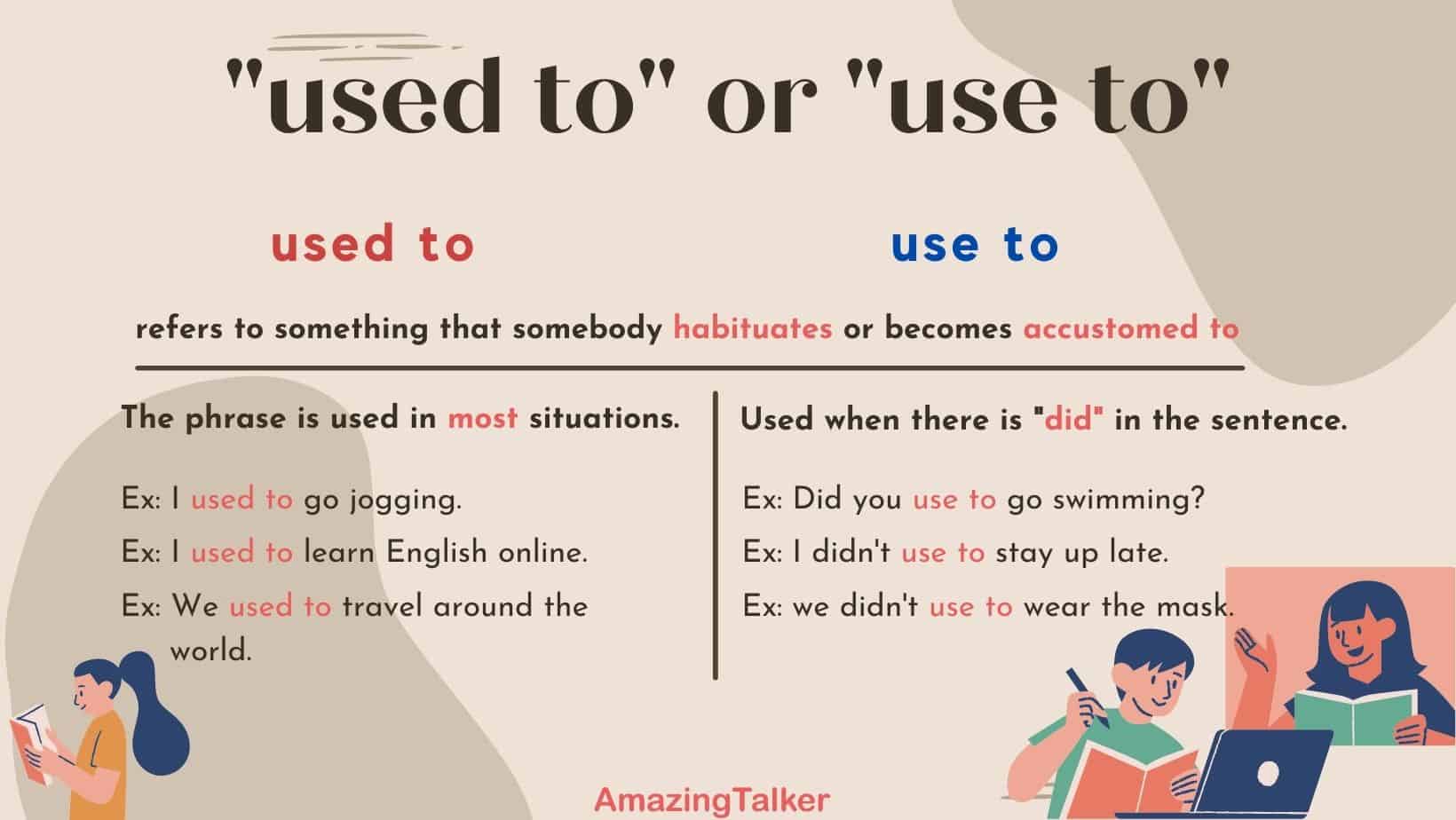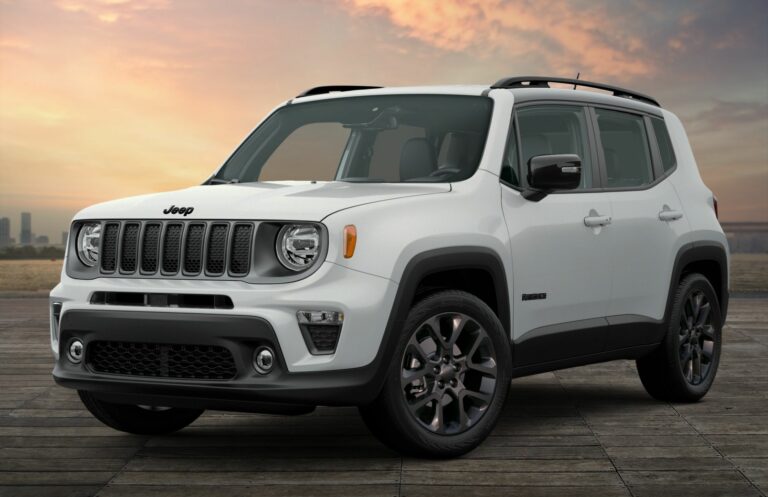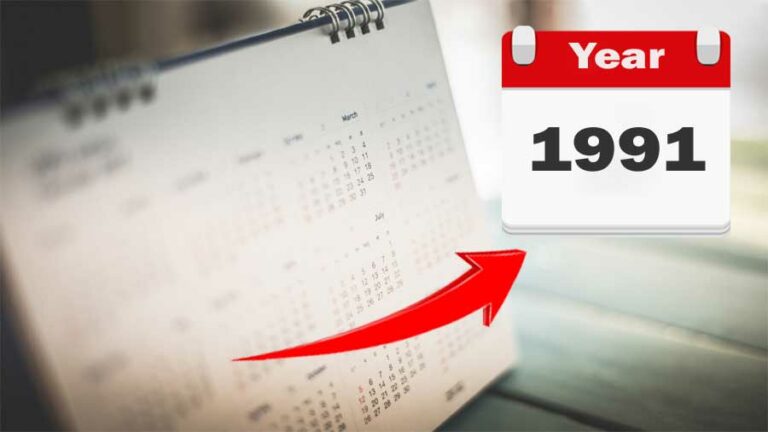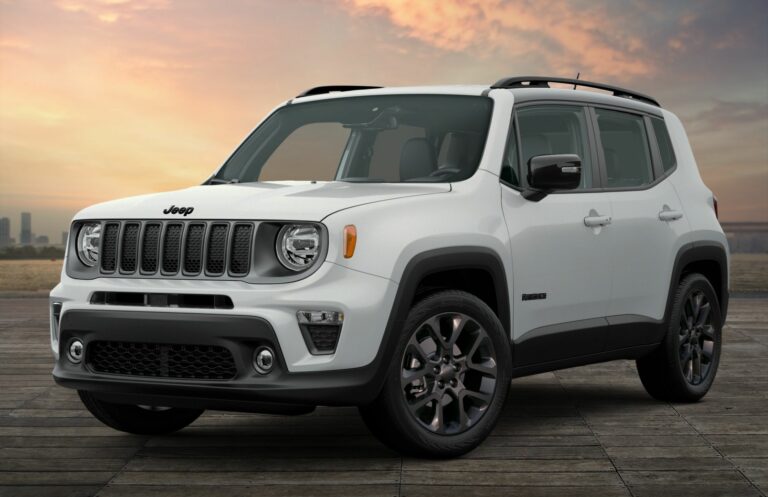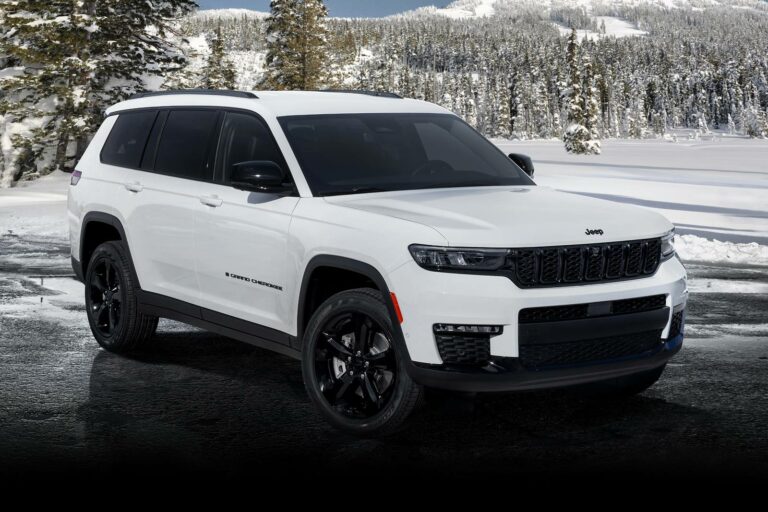Used Jeep Wrangler Manual Transmission For Sale: The Purist’s Pursuit
Used Jeep Wrangler Manual Transmission For Sale: The Purist’s Pursuit /jeeps.truckstrend.com
In an era increasingly dominated by automatic transmissions, the call of the manual gearbox resonates deeply with a specific breed of automotive enthusiast. For those seeking an unadulterated connection between driver and machine, especially when tackling rugged terrain, the Used Jeep Wrangler with a manual transmission stands as a beacon of purist driving pleasure. It’s more than just a vehicle; it’s a statement, a tool, and a partner for adventure. This comprehensive guide will navigate the landscape of buying a used manual Wrangler, offering insights, practical advice, and everything you need to know to find your perfect stick-shift companion.
Why Choose a Manual Wrangler? The Enthusiast’s Edge
Used Jeep Wrangler Manual Transmission For Sale: The Purist’s Pursuit
The decision to opt for a manual transmission in a Jeep Wrangler is often driven by passion and practicality. For many, it’s the "Jeep thing" – a desire for the most authentic and engaging driving experience possible.
- Enhanced Control (Especially Off-Road): A manual transmission grants the driver precise control over gear selection, crucial for navigating challenging off-road obstacles. You can hold a specific gear at a low RPM for crawling, or downshift for engine braking on steep descents, offering a level of finesse automatics can’t always match. This direct connection to the drivetrain allows for better modulation of power and traction.
- Driver Engagement: Shifting gears manually fosters a deeper connection with the vehicle. It’s an active process that requires focus, coordination, and anticipation, transforming a mundane commute into an engaging drive. For enthusiasts, this engagement is a core part of the driving experience.
- Simpler Mechanics & Potential Reliability: Historically, manual transmissions are often simpler mechanically than their automatic counterparts. While modern automatics are highly sophisticated, a well-maintained manual can sometimes offer a longer lifespan with fewer complex components to fail, potentially leading to lower long-term maintenance costs (excluding clutch replacement).
- Fuel Economy (Debatable but Possible): While modern automatics have closed the gap, older manual Wranglers can sometimes offer marginally better fuel economy due to reduced parasitic losses. This isn’t always a primary driver for a Wrangler purchase, but it’s a consideration.
- Unique Appeal & Resale Value: As manual transmissions become rarer, well-preserved manual Wranglers can command a premium among collectors and purists. They represent a dwindling breed of vehicles that offer a direct, unfiltered driving experience, making them highly desirable in the enthusiast market.

Key Generations and What to Look For
Jeep Wranglers have featured manual transmissions across multiple generations, each with its own characteristics. Understanding these can help narrow your search.
- YJ (1987-1995): Known for its square headlights, the YJ offered various manual transmissions, including the Aisin AX-5 (4-cylinder) and AX-15 (6-cylinder). These are older vehicles, so expect more wear and tear, and potential rust issues.
- TJ (1997-2006): A beloved generation, the TJ brought back round headlights and improved coil-spring suspension. Manual options included the AX-5/AX-15 (early) and later the NV3550 (4.0L) and NSG370 (later 4.0L and 2.4L). The 4.0L inline-six with a manual is a highly sought-after combination. The long-wheelbase LJ (2004-2006) Rubicon with a manual is a particularly desirable unicorn.
- JK (2007-2018): The first four-door Wrangler, the JK, was available with the NSG370 manual transmission paired with the 3.8L V6 (2007-2011) and later the more powerful 3.6L Pentastar V6 (2012-2018). These are much more modern than previous generations, offering better creature comforts.
- JL (2018-Present): The current generation continues to offer a 6-speed manual transmission, primarily with the 3.6L Pentastar V6. This is the most refined manual Wrangler experience, with modern features and improved on-road manners while retaining off-road prowess.
When looking at specific generations, research common transmission quirks. For example, some NSG370 transmissions in JKs have been known for occasional notchy shifting or input shaft bearing issues, though many owners experience no problems. Always prioritize a well-documented service history.
The Hunt: Where to Find Your Manual Wrangler
Finding the right manual Wrangler requires patience and knowing where to look.
- Online Marketplaces: Websites like AutoTrader, Cars.com, eBay Motors, and Facebook Marketplace are excellent starting points. Use specific filters for "manual transmission" or "stick shift."
- Dealerships: Both used car dealerships and official Jeep dealerships often have used Wranglers. While they might have fewer manual options, certified pre-owned (CPO) programs can offer peace of mind.
- Specialty Off-Road Shops: Many shops that specialize in Jeep modifications also buy and sell used Wranglers. They often have a keen eye for well-maintained vehicles and can offer valuable insights.
- Private Sellers: Often found through online classifieds, private sellers can sometimes offer better deals and more transparent vehicle history, especially if they are enthusiasts themselves.
- Forums and Enthusiast Groups: Jeep-specific forums (e.g., JL Wrangler Forums, JK Forum) and local Facebook groups for Jeep owners are goldmines. Enthusiasts often sell their well-maintained vehicles directly to other enthusiasts.
What to Inspect Before Buying: A Pre-Purchase Checklist
A thorough inspection is paramount when buying any used vehicle, but especially a manual Wrangler, given its potential for hard use.
Transmission Specifics:
- Clutch Pedal Feel: The pedal should offer consistent resistance. Note the engagement point – it should be smooth and predictable, not too high (worn clutch) or too low (hydraulic issue).
- Shifting Smoothness: Test all gears, both upshifting and downshifting, at a standstill (engine off) and during a test drive. There should be no grinding, excessive resistance, or popping out of gear. Pay extra attention to second, third, and reverse gears.
- Signs of Clutch Slip: Accelerate in a higher gear (e.g., 4th or 5th) from a lower speed (e.g., 30-40 mph) and press the accelerator firmly. If the engine RPMs rise without a corresponding increase in road speed, the clutch is slipping and needs replacement.
- Unusual Noises: Listen for whining, grinding, clunking, or rattling noises coming from the transmission while driving or idling. A rattling noise with the clutch out that goes away when pressed could indicate a worn throw-out bearing or pilot bearing.
- Fluid Leaks: Check under the vehicle for any signs of transmission fluid leaks.
- Transfer Case & 4×4 Engagement: Ensure the transfer case shifts smoothly into 4-high and 4-low. Test it if possible.
General Wrangler Checks:
- Frame Rust: A critical inspection point for any Wrangler, especially older models. Check the frame rails thoroughly, particularly around welds and suspension mounting points.
- Suspension & Steering: Look for worn bushings, cracked control arms, leaky shocks, and excessive play in the steering.
- Engine: Check for leaks, unusual noises, and proper fluid levels. Ensure the check engine light is not on.
- Tires: Inspect tire wear for uneven patterns, which could indicate alignment or suspension issues.
- Electrical: Test all lights, windows, wipers, and the HVAC system.
- Test Drive: Drive the Wrangler on various terrains if possible – highway, city streets, and some light bumps. Listen for rattles, squeaks, and any strange behavior.
Always, always get a pre-purchase inspection (PPI) by a trusted independent mechanic specializing in Jeeps or off-road vehicles. This investment can save you thousands in unexpected repairs.
Owning a Manual Wrangler: Maintenance and Care
A manual transmission, while robust, requires specific care to ensure longevity.
- Clutch Life: The clutch is a wear item. Its lifespan depends heavily on driving style (e.g., avoiding riding the clutch, smooth shifts) and usage (e.g., heavy towing, off-roading). Expect clutch replacement between 60,000 to 120,000 miles, but it can be less or more.
- Transmission Fluid: Follow the manufacturer’s recommended fluid change intervals. Using the correct type of fluid is crucial for smooth operation and preventing wear.
- Pilot Bearing/Throw-Out Bearing: These components are replaced with the clutch. Listen for noises indicating their wear.
- Shifter Linkage: Ensure the linkage is free of excessive play and lubricated as needed.
- Driving Habits: Avoid resting your hand on the shifter while driving, as this can put premature wear on the shift forks. Don’t ride the clutch at stoplights; shift to neutral.
Potential Challenges and Solutions
- Finding One in Good Condition: Manual Wranglers, especially older ones, might have been driven hard off-road. Patience and a thorough inspection are key.
- Solution: Expand your search radius, utilize enthusiast networks, and be prepared to travel for the right vehicle.
- Learning to Drive Stick: If you’re new to manuals, the Wrangler can be a forgiving vehicle to learn on due to its torquey engine, but practice is essential.
- Solution: Find an empty parking lot, watch online tutorials, and be patient with yourself.
- Heavier Traffic Driving: Constant clutch work in stop-and-go traffic can be tiring.
- Solution: Embrace it as part of the experience, or consider a vehicle with a lighter clutch pedal if this is a major concern.
- Specific Manual Transmission Quirks: Some Jeep manuals (like the NSG370) can be a bit notchy or require deliberate shifts.
- Solution: This is often normal for the vehicle. Familiarize yourself with how it should feel by test driving multiple examples.
- Parts Availability for Older Models: While many parts are available, specific manual transmission components for very old Wranglers might be harder to source.
- Solution: Research common failure points for the specific transmission in the generation you’re considering and inquire about parts availability before purchase.
Estimated Price Guide for Used Jeep Wrangler Manual Transmission
Please note that these are estimated price ranges and can vary significantly based on mileage, condition, modifications, trim level (Sport, Sahara, Rubicon), geographic location, and current market demand. This table serves as a general guide.
| Generation | Year Range | Estimated Price Range (Manual) | Key Features / Notes |
|---|---|---|---|
| YJ | 1987-1995 | $5,000 – $15,000 | Classic leaf-spring suspension, square headlights. Prices vary wildly by condition and rust. Collector potential for clean ones. |
| TJ | 1997-2006 | $8,000 – $25,000 | Highly sought after, especially 4.0L and Rubicon models. LJ (long wheelbase) manual Rubicons fetch top dollar. |
| JK | 2007-2018 | $15,000 – $35,000 | First 4-door option. 2012+ (3.6L Pentastar) are more desirable due to improved power. Pricing depends heavily on trim and mods. |
| JL | 2018-Present | $28,000 – $45,000+ | Modern features, refined ride. Manual option available primarily with 3.6L. Higher prices reflect newer models. |
Disclaimer: These prices are rough estimates and should be verified with current market data. Condition, mileage, and modifications significantly impact the final price.
Frequently Asked Questions (FAQ)
Q1: Is a manual transmission better for off-roading in a Wrangler?
A1: Many experienced off-roaders prefer manuals for the precise control over gear selection and engine braking, especially for technical crawling and steep descents. It allows for a more deliberate approach to obstacles. However, modern automatics with low-range gearing and sophisticated traction control systems are also highly capable.
Q2: Are manual Wranglers more fuel-efficient than automatics?
A2: Historically, manuals often offered slightly better fuel economy due to less parasitic loss. However, with the advancements in modern automatic transmissions (more gears, efficient torque converters), the difference in fuel economy, especially in newer Wranglers, is often negligible or even favors the automatic in some specific driving conditions.
Q3: How long does a clutch last in a Wrangler manual?
A3: Clutch life varies greatly depending on driving habits, vehicle usage (heavy off-roading, towing), and maintenance. It can range from as low as 40,000 miles for aggressive drivers or heavy off-road use to well over 150,000 miles for careful drivers in ideal conditions.
Q4: Are manual Wranglers harder to find than automatics?
A4: Yes, manual Wranglers are generally less common on the used market, as automatics are more popular overall. This scarcity can make finding the right one in good condition a bit more challenging, but it also contributes to their desirability among enthusiasts.
Q5: What are the common issues with manual transmissions in Wranglers?
A5: Common issues can include worn clutches, failing throw-out bearings (often producing a chirping or grinding noise when the clutch pedal is pressed or released), notchy shifting (especially into specific gears), and sometimes issues with synchronizers causing grinding during shifts. Fluid leaks can also occur. Many of these issues are preventable with proper maintenance and driving habits.
Conclusion
The pursuit of a Used Jeep Wrangler with a manual transmission is a journey for the discerning driver. It’s a choice that prioritizes engagement, control, and a connection to the raw, adventurous spirit that defines the Wrangler. While finding the perfect one may require patience and a thorough inspection, the reward is a driving experience that few modern vehicles can match. From the tactile feedback of the shifter to the precise control over every wheel rotation on the trail, a manual Wrangler isn’t just a vehicle; it’s an extension of your will, ready to conquer any road or trail you choose. Embrace the shift, and embark on your next great adventure.
